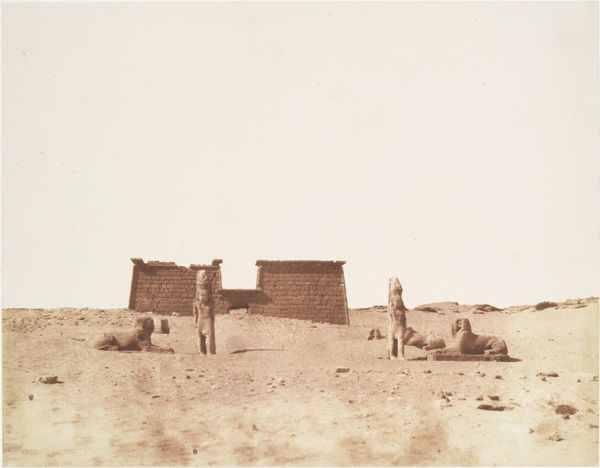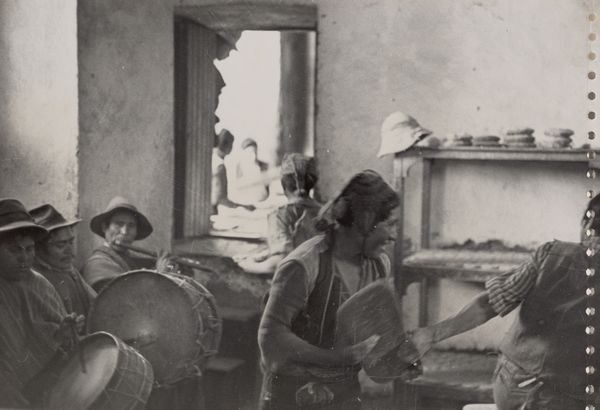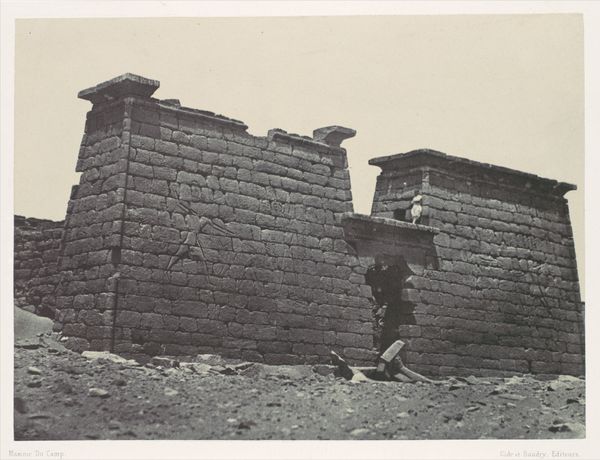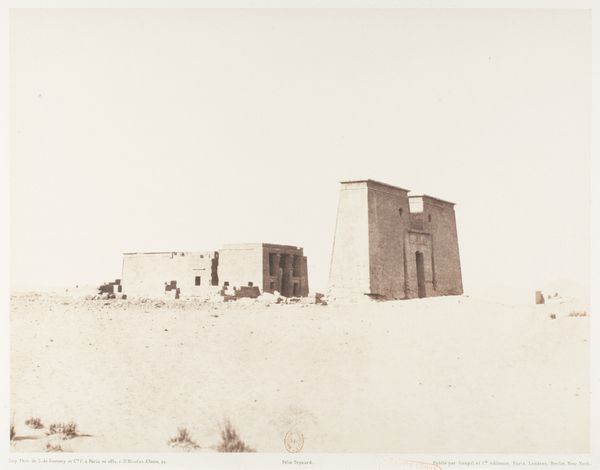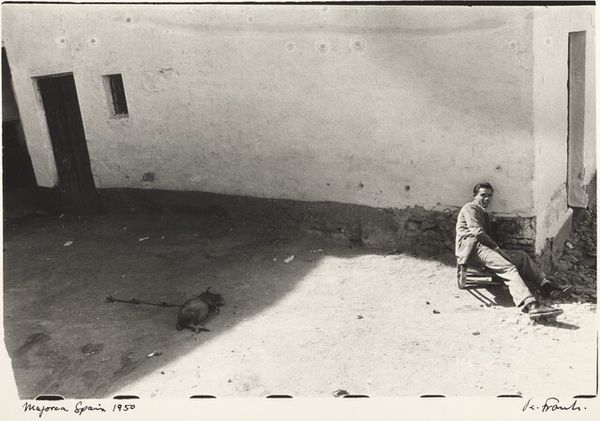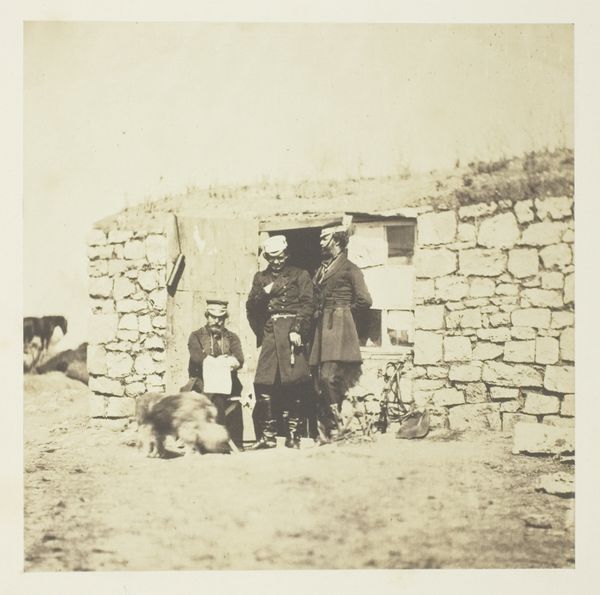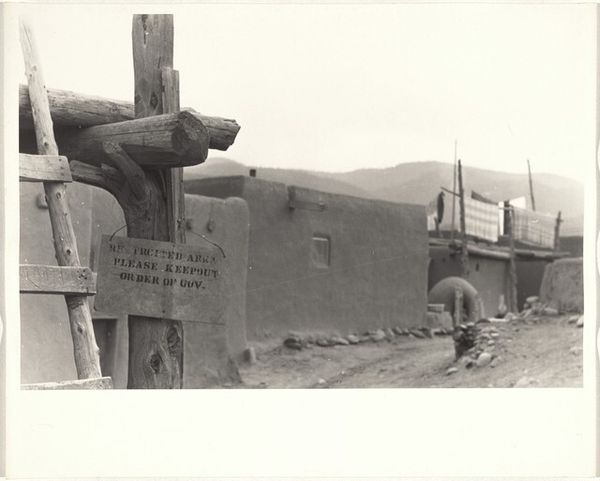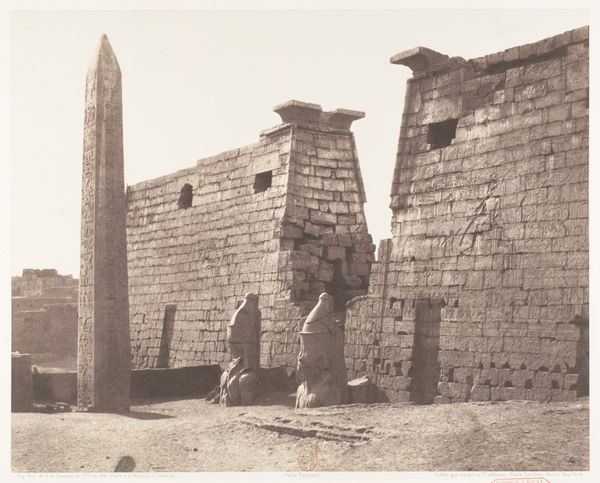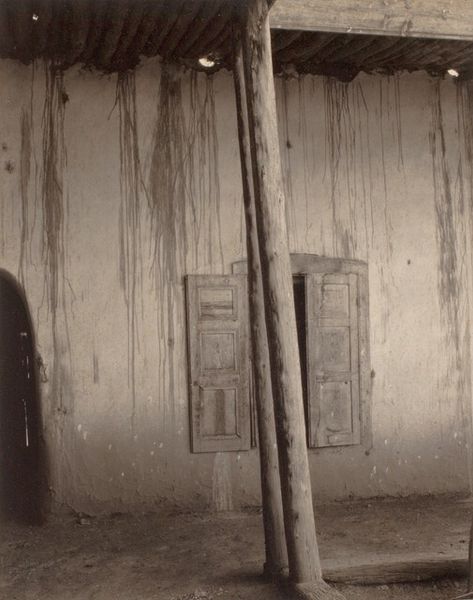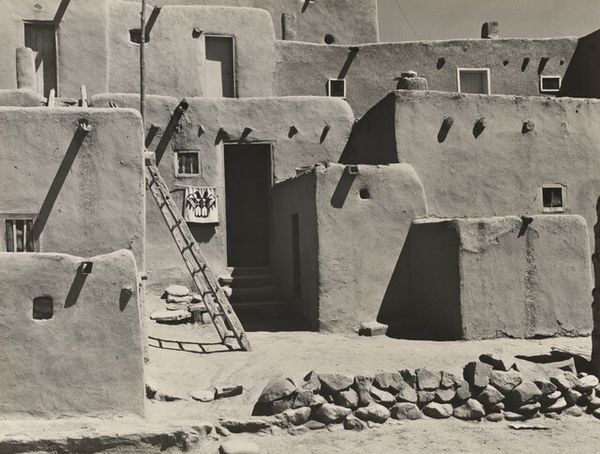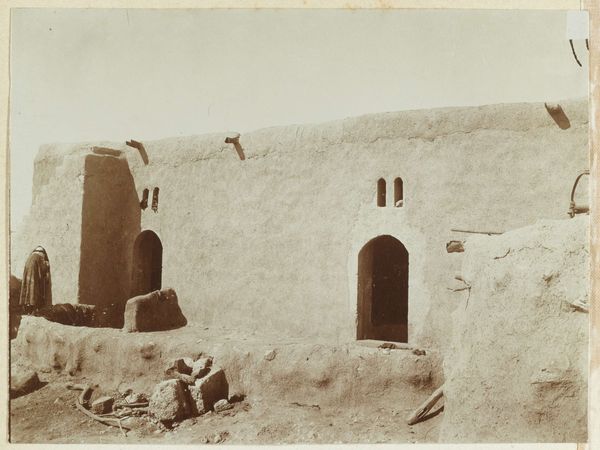
photography, gelatin-silver-print
#
portrait
#
landscape
#
street-photography
#
photography
#
gelatin-silver-print
#
realism
Dimensions: image: 17.3 x 24 cm (6 13/16 x 9 7/16 in.) sheet: 18.2 x 24 cm (7 3/16 x 9 7/16 in.)
Copyright: National Gallery of Art: CC0 1.0
Editor: This photograph, "Valencia, Spain" by Robert Frank, was taken in 1952 and rendered as a gelatin silver print. I’m struck by how the texture of the wall dominates the scene; it almost feels like the man, dog, and chicken are secondary to the rough materiality of the building. What draws your attention? Curator: For me, the power lies precisely in that texture and the light it captures. Frank is presenting us with the building materials themselves – the earth, the plaster – and the effects of sun and weather as a vital record of labor. How do these materials shape life in this space? Think about the specific processes needed to create a building like this back in 1952, the social conditions that supported this specific production. Editor: So, you’re seeing it less as a straightforward representation of a place and more as… a document of construction and daily existence? I mean, it seems almost to emphasize the labor behind this scene, a challenge to conventional portraiture perhaps? Curator: Exactly! Frank's attention to the mundane material suggests a democratization of representation. The building, typically a backdrop, steps forward, its surface bearing witness to time and use. He challenges hierarchies implicit in artistic representation, moving away from solely idealizing a portrait. Editor: That’s fascinating. I never considered how the focus on materials could be such a political statement. It definitely shifts how I see the whole scene, especially the figures within it. Thanks for expanding my view! Curator: Indeed. Paying close attention to the physical traces of making pushes us beyond aesthetics into a crucial understanding of culture, economy, and the human effort that creates the world around us.
Comments
No comments
Be the first to comment and join the conversation on the ultimate creative platform.
